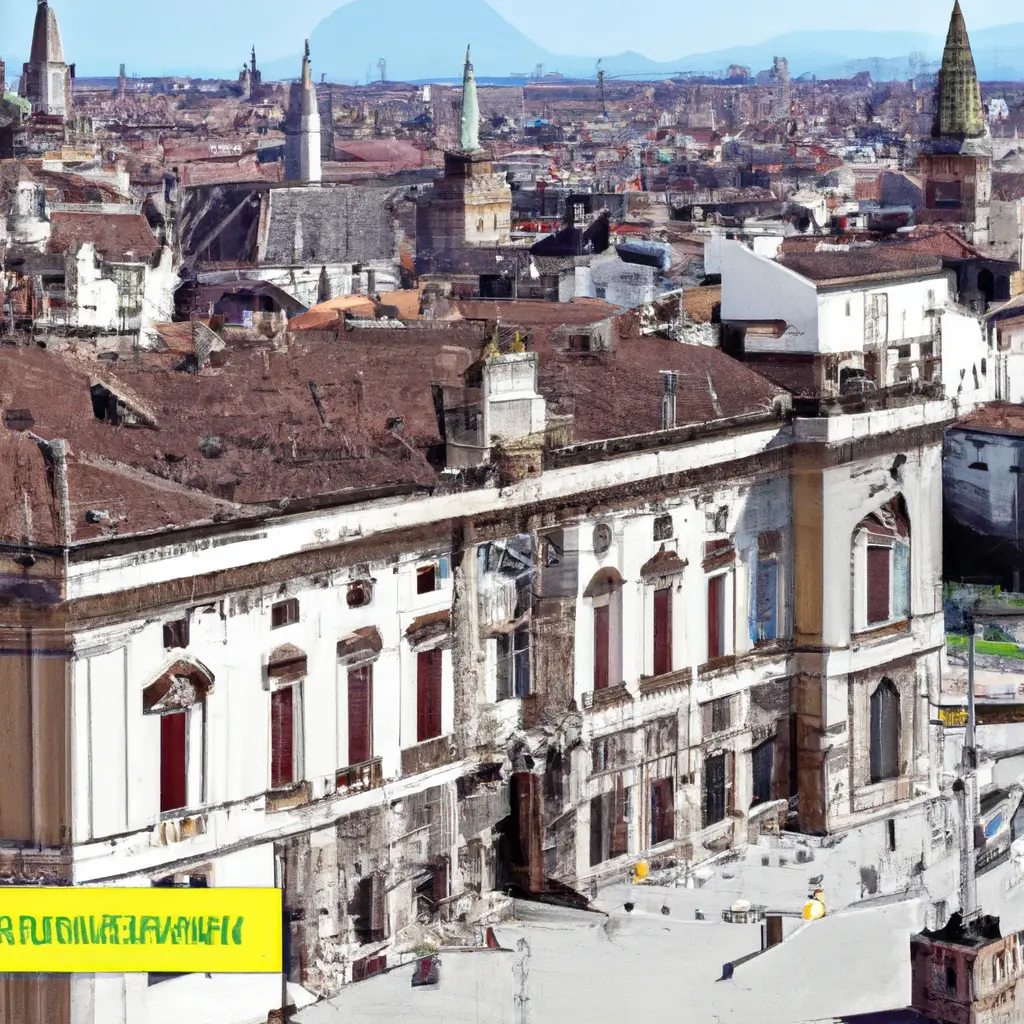Rental housing in Italy is growing, +13.1% and reaching a peak in26 cities: where are they located?

The Italian real estate market is going through a period of deep changes. The rise in prices is attracting the attention of tenants, owners, and investors. According to a recent report published by idealista, one of the leading real estate portals in Italy, the rental market in the country has grown significantly, and prices continue to rise. The third quarter of2023 ended with a1.1% increase in rental prices, reaching an average level of13.5 euros/sq.m. This quarterly growth is a clear indication of the growing demand for housing in Italy. However, the most astonishing annual growth reached13.1% compared to the same period of the previous year.
Speaking about the current situation
Vincenzo de Tommaso, head of the research department at Idealista, emphasizes that the uncertainty surrounding real estate purchases has caused people to stay in their current homes, waiting for more favorable conditions to move. This trend, in turn, has made it difficult for new properties to appear on the market.
Price increases in major cities
The increase in rental prices is not uniform across Italy. In particular, significant differences have been identified between various cities. Approximately 63% of major Italian capitals have reported a rise in rental prices. Large cities such as Turin, Naples, Rome, Milan, and Venice have experienced a substantial increase in rental costs. A total of 26 cities have record-high prices. In addition to those already mentioned, cities like Florence, Monza, Cagliari, and others are also experiencing a continuous rise in prices. Specifically, in Naples, prices have increased by 4.8%, inRome by 4.7%, inMilan by 4.2%, in Venice by 3.7%, and so on.
Situation by provinces
However, the changes in rental prices in Italian provinces show significant diversity. Sondrio and Bolzano are among the provinces where rental prices have increased particularly sharply after the summer, by 29% and 24.6% respectively. At the same time, some provinces have experienced a significant decrease in rental prices, such as Rimini (-24.1%), Pesaro-Urbino (-16.9%), and Isernia (-14.3%). These differences may be attributed to a number of factors, including local supply and demand, seasonality, and regional economy.
Price trends and regional differences
Price trends for rental properties also vary at the regional level. While most regions are experiencing an increase in rental prices, some, such asTuscany, Veneto, Marche, and Emilia-Romagna, are seeing quarterly declines of -2.3%, -4.0%, -9.3%, and -10.4% respectively. On the other hand, Molise leads with an impressive positive figure of 37.3%, followed by Valle d'Aosta (10.0%) and Abruzzo (8.9%). Overall, northern regions generally have higher rental prices compared to southern regions. For example, Valle d'Aosta (€21.2/sq.m) is the most expensive region, followed by Lombardy (€18.4/sq.m) and Tuscany (€17.9/sq.m). Additionally, other regions such as Trentino-Alto Adige, Emilia-Romagna, and Lazio have values above the national average, which is €13.5/sq.m.
What to expect in the future?
In conclusion, the modern Italian real estate market is characterized by a constant increase in rental prices, with noticeable differences between regions, provinces, and cities. The demand for rental housing remains strong, but limited supply has created a mismatch between demand and supply. In the future, the Italian real estate market is likely to remain an important topic for public discussion. The changing dynamics and growing demand for housing may lead to further developments and opportunities. Therefore, it is important to regularly monitor rental price reports.
Tags
Comment
Popular Posts
Popular Offers

Subscribe to the newsletter from Hatamatata.com!
Subscribe to the newsletter from Hatamatata.com!
I agree to the processing of personal data and confidentiality rules of Hatamatata














